Settle the bill: why do cafe lattes sell for 30 yuan a cup?
For professional baristas, please follow the coffee workshop (Wechat official account cafe_style)
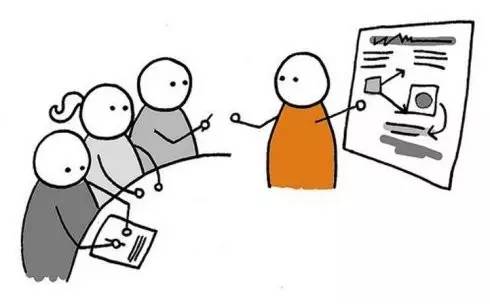
Let's start with a question: how did you decide that a cup of coffee costs 28 yuan or 32 yuan?
Refer to Starbucks or other people's menus, or do you want to pat your own head?
What should the scientific pricing idea look like? Let's analyze it together.
one
How much does it cost depends entirely on Starbucks?
Let's start with a little survey: if you want to open a cafe, take a classic latte as an example, how much will you sell it?
A friend once talked to me about this question, and she didn't seem to be bothered at all and answered it without thinking.
"31 or 32 yuan."
"Why?"
"Starbucks is about the same price."
I don't know how many people think that pricing is based on Starbucks and then fine-tuned.
If you feel that the quality of your coffee is better than that of Starbucks, it will be more expensive; if you think that your space experience is not as good as Starbucks, it will be slightly reduced by two or three yuan.
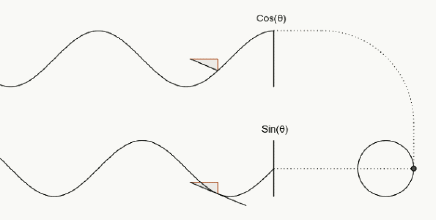
▲ always refers to others, higher or lower.
"it seems that everyone is about the same price." But the pricing of Starbucks, are you sure it's all right?
Some people in the industry have said that Starbucks has begun to take the civilian route, but it has an imperceptible influence. Since 1999, the price of a cup of coffee at Starbucks has risen by several yuan, but domestic consumer income has generally multiplied. The impression of "Starbucks profiteering" may still be there, but now it looks more like a small profit and quick turnover from the price point of view.
The problem is that Starbucks can make a small profit and quick turnover, as long as the long-term accumulation of brand influence can support popularity and sales. To be realistic, Starbucks' bargaining power on rent alone makes many cafes unmatched.
On the other hand, Starbucks'"one store" is different from the "one store" concept you want to open, its pricing is supported by a powerful algorithm system, and even the store itself is a terminal presentation under a huge system.
And you think about whether the product you refer to when pricing is good or not, and how the environmental space is. It's almost all appearances.

There is a large part of the true principle of ▲ pricing that you don't know.
So, in a business district, the competitor's pricing has no reference value? No. For reference, especially those who live well, pricing itself reflects the price acceptance of consumers in the region to a certain extent, which is a way to get twice the result with half the effort.
But do not consider their own costs and reality, blind reference to "other people's pricing", it is easy to deviate from their own operating track.
two
Settle the bill: how on earth do you set the price of a latte?
Pricing is not decided with a pat on the head.
First of all, be fully aware of your operating costs and what exactly is in a cup of coffee you sell. To give you a simple example--
Suppose there is such a cafe A:
Its purchase of coffee beans 80 yuan / pound (454g), milk 15 yuan / 1L, also to make a cup of latte as an example, in order to facilitate calculation, the production process requires the consumption of 20g coffee powder and 200ml milk.
Material cost per cup: 80 / 454 × 20 / 15 / 1000 × 200 ≈ 6.52 yuan
Nowadays, few people should think that "at a cost of 6.5 yuan, a cup can be sold for 26 yuan, and the profit margin is 300%." Have you asked whether the rent and labor cost have been agreed? And then count down--
Rent: 20000 yuan / month
Manpower cost: 18000 yuan / month
Water, electricity and other expenses: 3000 yuan / month
Fixed monthly expenditure of Cafe A: 41000 yuan
If the store only sells lattes, how much will it be priced according to its sales and passenger volume?
The break-even point is about to be mentioned here. We will see some data from cafes that say how many cups are sold every day and then start to make money. This is usually done after this calculation. Since we are talking about pricing here, we will take pricing as our export--
If 50 people come into the store every day to consume a cup of coffee (this should be an optimistic estimate of the maintenance period). Assuming that the business tax and additional tax per unit product is 0, then the break-even point of the unit price is:

▲ Note: the above figures are all estimated under normal conditions.
Isn't that a scary number? Huge fixed cost pressure, in the case of daily sales of 50 cups, a cup of latte must be set at about 33.85 yuan in order to break even.
At this time, you can consider your profit. On paper alone, if you want to have a profit of 15%, the price of a cup of latte is nearly 39 yuan, which is 8 yuan more expensive than the current Starbucks large latte, which has reached a tipping point generally acceptable to consumers.

Isn't ▲ a little scary?
It is worth noting that this is only a rough algorithm, and many factors have not been taken into account, such as: in the variable cost, the debugging wear and tear of a batch of new beans, the situation of eating powder in the bean grinder, and the extra part that comes out after shaking hands; the upfront investment in decoration, expenses, furniture, container fees and depreciation; as well as a series of fees such as documents to be paid to open the shop.
In other words, the cost-centered pricing strategy does not fully grasp the market demand and customer psychology, so, after calculating these costs, we still have to look at the mature pricing of similar industries around us, and then make a comprehensive decision.
three
Conclusion
How's it going? Do you want to roar up to the sky? "what can I do? I'm desperate, too!"
Cafes are a slow business, and now that they are open, we have to find ways to increase the volume of cups and the unit price of customers.
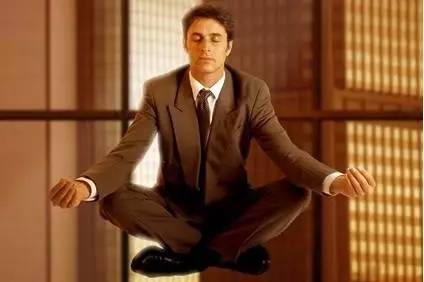
What else can ▲ do to improve its comprehensive strength?
Under the same conditions, applying the above formula, when the coffee shop can produce 100 cups a day, your unit price break-even point is only about 20.19 yuan.
Therefore, it is not to say that we have to earn back the money on the unit price of the product as soon as we open the shop, but the inexplicably high price may hurt the customers and even stop patronizing them.
Fortunately, cafes don't always have only one latte on sale.
With its own set of algorithms, we can constantly evaluate and summarize the products in the course of business: what is profitable, what is good, what is growing, what should be eliminated, push the package, rush the quarterly sales, think about the psychology of customers, and do key publicity--
Let the variables move in a favorable direction, cafe owners, it's up to you.
Important Notice :
前街咖啡 FrontStreet Coffee has moved to new addredd:
FrontStreet Coffee Address: 315,Donghua East Road,GuangZhou
Tel:020 38364473
- Prev
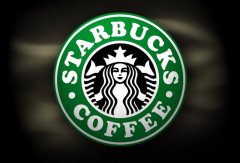
Big data is in every cup of Starbucks coffee you drink.
Professional baristas please follow the coffee workshop (Wechat official account cafe_style) Starbucks has grown from a nobody to a dazzling star and has rapidly evolved into a fashion symbol. Along the subway lines of the city, downtown, office lobbies, shopping malls or restaurants, in crowded places, the mysterious woman on the dark green logo is always quiet
- Next
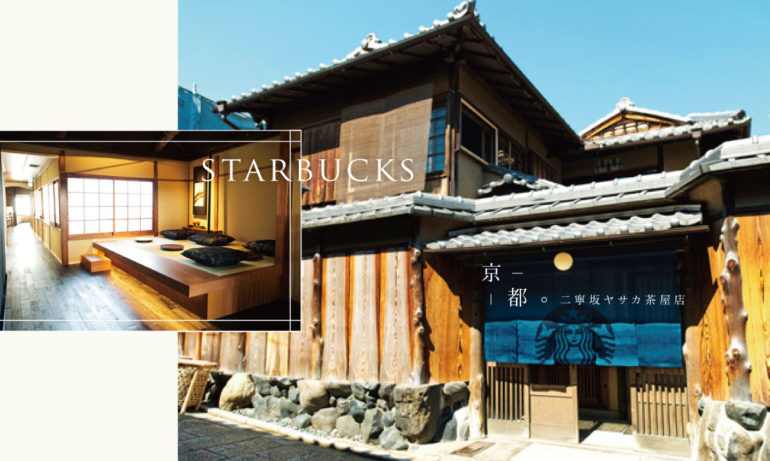
The most elegant new Starbucks store: a lazy afternoon in the centennial town of Kyoto
The exchange of professional baristas please pay attention to the coffee workshop (Wechat official account cafe_style) Starbucks coffee has become an indispensable spiritual food in many people's daily life. As one of the leaders of the global coffee brand, Starbucks will also choose the store style according to the local atmosphere of its branches, and has opened many specialty stores all over the world. As we know it, Hong Kong Central
Related
- What documents do you need to go through to open a coffee shop? coffee shop coffee shop certificate processing process
- How to purchase Coffee beans in small Cafe how to choose a suitable supplier for domestic Coffee supply Company
- How to drink Starbucks Fragrance White Coffee? how to make Australian White Coffee? what Italian coffee beans are recommended?
- The Story of Flora Coffee: the name of Flora Coffee Bean and the implication of the Flowers on Florna Coffee
- How much does a cup of coffee cost? How much is the profit of a cup of coffee? What is the profit of the coffee shop in a year?
- Yunnan small Coffee, known as "fragrant Coffee", introduces the characteristics of Alpine Arabica Coffee producing areas in Yunnan, China
- 2023 latest Starbucks full menu price list how much is a cup of Starbucks coffee what is better to drink the most popular hot and cold drinks recommended
- Starbucks different kinds of Coffee Price list Starbucks menu 2023 Top Ten Best drinks in Starbucks
- Starbucks Spring praise Comprehensive matching Coffee Bean theme Story Packaging implication and taste description
- The cost of a cup of coffee latte American coffee cost price and selling price

